1. Learning and Teaching
1.1. Transdisciplinary Programme of Inquiry
1.1.1. Flexible times frames provides school agency to build a trandisciplinary POI that is responsive to their context and needs.
1.2. Assessment
1.2.1. Flexible time frames provide teachers with more agency to utilize ongoing evidence to adjust teaching and learning to meet the needs of learners. It may be decided that it is best to return to a specific unit of inquiry or space a unit of inquiry out over a longer period of time, based on evidence gathered.
1.3. Language
1.3.1. Flexible time frames provide the ability to consider language development over time when planning a POI. It also allows teachers to gather resources to support multilingual learners within the learning community.
2. The Learning Community
2.1. International Mindedness
2.1.1. Flexible time frames allows the POI to be responsive to global events and allows teachers to adapt the delivery timeline to best suit the needs of their learners.
2.2. Collaboration
2.2.1. Flexible time frames provides for greater flexibility and increased opportunities for collaboration within the school and larger community.
2.3. Learning Environments
2.3.1. Flexible time frames provides for flexibility that the learning community to utilize various learning environments that may support their unit of inquiry (i.e., field trips at specific times of year)
3. Teacher Capabilities
3.1. 1. undertake personal inquiry, reflection and action to inform their practice
3.1.1. demonstrate creative and flexible problem solving in their practice.
3.2. 2. build/develop conceptual understanding within and across subjects
3.2.1. provide opportunities for students to make connections and transfer learning to new contexts and across subjects
3.2.1.1. "Teachers consider how the introduction of another unit alongside an ongoing investigation might support students with building understandings of the central ideas.
3.2.2. design learning around transdisciplinary and disciplinary concepts aimed at deepening students’ understanding of complex ideas
3.2.2.1. "Teachers have the discretion to decide appropriate time frames for the length of each unit of inquiry, ensuring they are age-appropriate and fit for purpose." - TSM 5.5
3.3. 3. design inquiries using local and global context
3.3.1. identify appropriate contexts and examples for learning that have meaning and relevance to individuals and groups of students
3.3.1.1. "The choice of time frames for different units of inquiry will look different in each school context" TSM 5.5
3.4. 4.build and maintain collaborative relationships
3.4.1. provide opportunities for student collaboration.
3.5. 5. foster supportive environments that remove barriers to learning
3.5.1. make thoughtful use of resources—time, people, places, spaces and physical materials—to develop flexible and diverse approaches to learning and teaching
3.5.1.1. "Teachers consider how and why students will benefit from a year- long time frame" TSM 5.5
3.6. 6. utilize assessment to inform learning and teaching
3.6.1. analyse and utilize assessment data and evidence to reflect on and evaluate the effectiveness of teaching and learning
3.6.1.1. "Teachers consider how and when students will revisit a central idea and how their understandings of the central idea build over time." TSM 5.5

